There are a variety of plant identification apps available for smartphones and other mobile devices. These apps can be used to identify plants based on their appearance, location, or other factors.
Plant identification apps have soared in popularity in recent years, and for good reason. These nifty tools leverage the power of machine learning, artificial intelligence, and crowdsourced data to provide users with accurate plant identification in seconds.
Benefits of Plant Identification Apps
Instant Gratification
One of the most significant advantages of plant identification apps is their speed. Simply snap a picture of the plant in question, and the app does the rest.
In seconds, you receive information about the plant’s common name, scientific name, habitat, and even tips on how to care for it.
Learning at Your Fingertips
These apps are fantastic educational tools. They enable users to learn about the natural world around them, fostering a deeper appreciation for biodiversity.
They’re not just for experts; anyone can become a budding botanist with the help of these apps.
Scientific Accuracy
Many plant identification apps draw from extensive databases of plant species. This ensures that the information provided is accurate and reliable.
Whether you’re an amateur nature enthusiast or a seasoned botanist, you can trust these apps to deliver credible information.
Characteristics to Help Identify a Plant
Identifying plants can be a rewarding pursuit, and understanding their key characteristics is essential for accurate identification. Here are some important plant characteristics to consider when trying to identify a plant:
Leaves
- Leaf Shape: Observe the overall shape of the leaves, such as ovate (egg-shaped), lanceolate (spear-shaped), or palmate (like the fingers of a hand).
- Leaf Margin: Pay attention to the edges of the leaves; they can be serrated (toothed), smooth, lobed, or wavy.
- Leaf Arrangement: Determine if leaves are arranged alternately along the stem, opposite each other, or in whorls.
- Leaf Color: Note the color of the leaves, including any variations or patterns.
Flowers
- Flower Type: Identify whether the plant produces individual flowers or inflorescences (clusters of flowers).
- Petal Number and Shape: Count the petals and observe their shape (e.g., tubular, bell-shaped, or star-shaped).
- Color: Note the color of the flowers, as it can vary widely between species.
- Size: Measure the size of the flowers, including the diameter and length of individual petals.
Fruit and Seed Characteristics
- Fruit Type: Examine the type of fruit produced, such as a berry, capsule, nut, or pod.
- Seed Shape: Observe the shape, size, and color of the seeds, if visible.
- Seed Dispersal: Determine how the plant disperses its seeds, whether through wind, animals, or other means.
Stem and Bark
- Stem Type: Identify whether the stem is woody, herbaceous (soft), or succulent.
- Bark Texture: Examine the texture and color of the bark on woody plants.
- Branching Pattern: Note the arrangement of branches on the stem, whether it’s opposite, alternate, or whorled.
Habitat and Range
- Geographic Location: Consider the plant’s location. Different species thrive in specific regions and climates.
- Habitat: Observe the plant’s habitat, such as wetlands, forests, deserts, or cultivated gardens.
Growth Form
- Plant Height: Measure the height of the plant, including whether it’s a ground cover, shrub, tree, or vine.
- Growth Habit: Determine if the plant grows upright, spreads horizontally, or climbs on other structures.
Texture and Surface Features
- Leaf Texture: Feel the texture of the leaves; they can be smooth, rough, hairy, or sticky.
- Surface Features: Examine the presence of features like thorns, spines, or glands on the plant.
Smell and Taste
- Odor: Some plants have distinct odors that can aid in identification.
- Taste: While not recommended for all plants, some are safe to taste and may have unique flavors that assist in identification.
Time of Flowering or Fruiting
- Seasonality: Consider when the plant flowers or produces fruit, as this can narrow down the possibilities.
Botanical Key
- Use a Key: Botanical keys are tools that guide users through a series of questions based on plant characteristics to arrive at a correct identification.
Best Plant Identification Apps
PictureThis – Plant Identifier
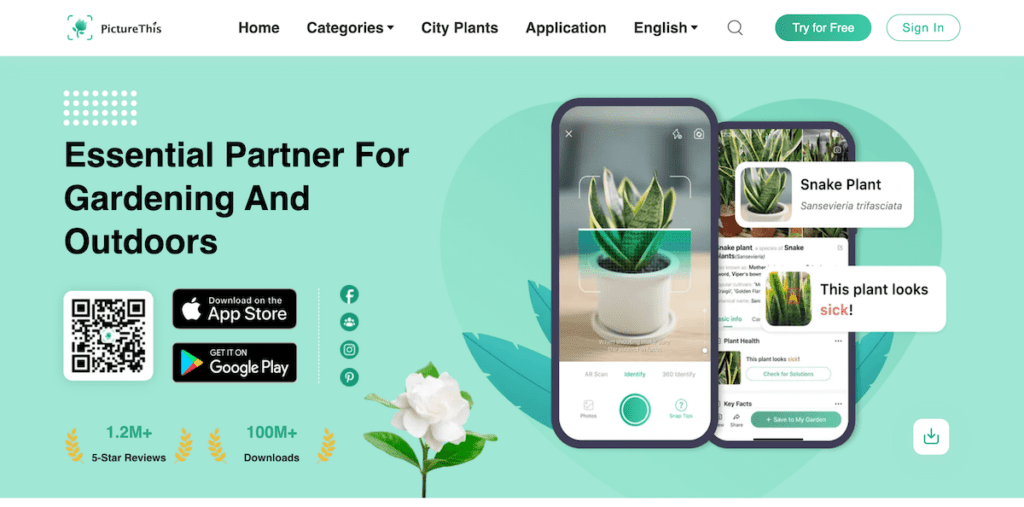
The PictureThis plant identifier app is designed to assist users in identifying plants and flowers swiftly. With an extensive database containing over 1,000,000 species, the app caters to the needs of both novice gardeners and seasoned experts.
Users can initiate the identification process by capturing a photo of the plant in question. PictureThis promptly provides valuable information, including the plant’s name, family, and other essential details.
Additionally, the app offers features that enable users to maintain a record of the plants in their garden and receive valuable care tips to ensure their plants thrive.
Download on iOS or Android – or scan barcode below.
LeafSnap-Plant Identification
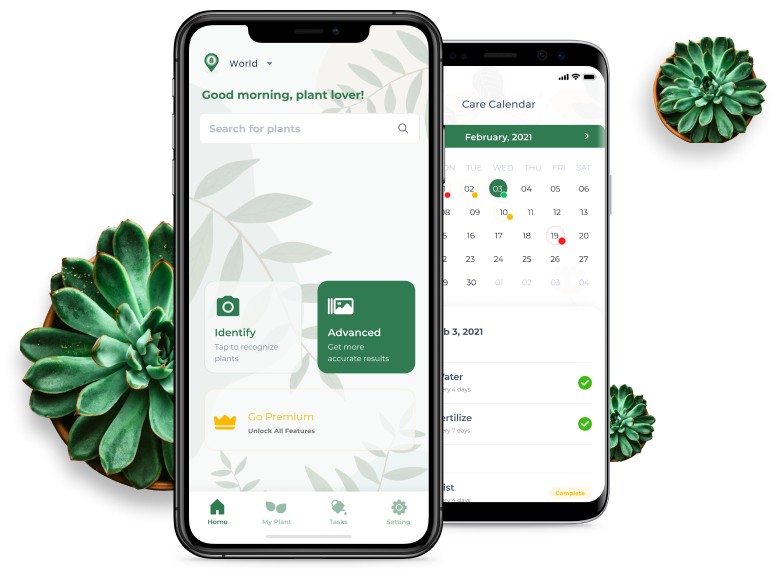
LeafSnap is a free mobile application that utilizes high-resolution leaf images to aid users in identifying various plant species.
For individuals who encounter captivating wildflowers or distinctive shrubs but find it challenging to determine their genus, LeafSnap offers an efficient solution.
Instead of investing time in exhaustive web searches or consulting gardening acquaintances, users can conveniently capture a photo and entrust the app to handle the identification process for them.
Plant Identification, a component of the app, boasts the capability to identify approximately 90% of all documented plant and tree species.
This extensive coverage encompasses the majority of species found in countries worldwide, offering users a comprehensive plant identification resource.
Download on iOS or Android – or scan barcode below.
Plantum – Plant Identifier
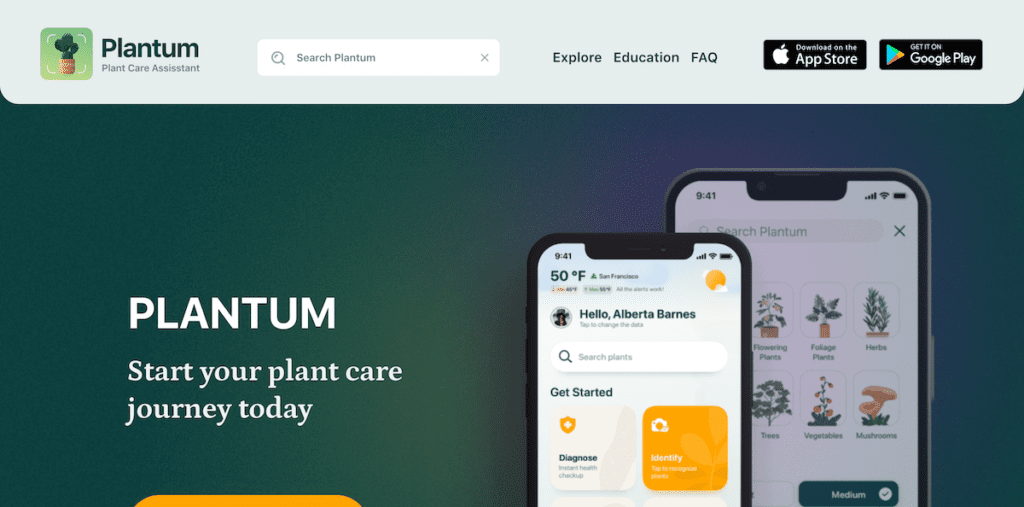
Plantum serves as a comprehensive identifier for various natural objects, including plants, mushrooms, rocks, and insects. Users can effortlessly recognize over 15,000 natural entities by simply capturing a picture.
With its extensive database, the app empowers individuals to identify any flora, fungi, mineral, or insect they encounter, making them the stars of their next park expedition.
Moreover, users can search for specific plants by name, apply filters, and discover the ideal green companions for their collection.
The Plant Doctor
Plantum also functions as a plant health consultant. It assists users in identifying diseases promptly, offering valuable insights into treating the afflicted plant. Recognizing the early symptoms of plant ailments can be crucial in determining the severity of the issue and expediting the plant’s recovery.
Plant Care Guide
To ensure thriving and healthy plants, Plantum provides an extensive plant care guide. Users can access information on how to optimize the well-being of their plants, addressing essential factors like water, light, and fertilizer. This centralized resource equips users with the knowledge needed to prevent their plants from withering away.
Plant Care Helper
Plantum offers an array of essential tools to assist users in providing the best possible care for their plants. Whether it’s tracking growth, setting reminders, identifying diseases, or accessing care guidelines, Plantum encompasses all the necessary features to nurture plants to their full potential.
Available for both Android and iOS devices.
PlantNet – Plant Identification
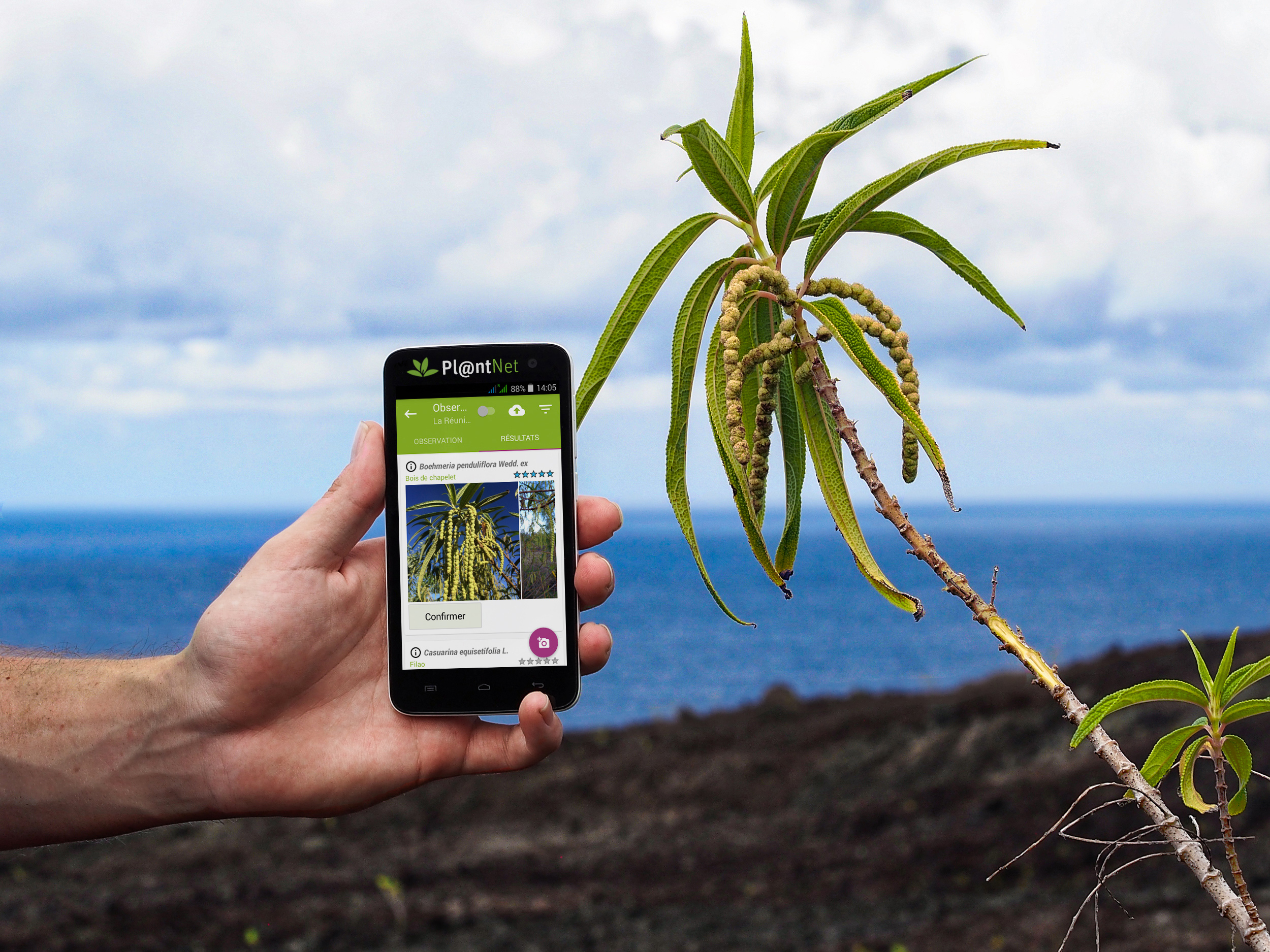
PlantNet is an app that helps you identify plants. You can take a picture of a plant, and the app will give you information about what kind of plant it is. PlantNet can be used to identify both common and rare plants.
It is a valuable tool for anyone who is interested in plants, whether you are a gardener, a botanist, or just someone who likes to go for walks in the woods.
PlantNet is free to use, and it is available for both Android and iOS devices.
PlantIn: Plant Identification

The PlantIn database includes more than 17,000 species of greenery and expands daily to satisfy the needs even of the most whimsical users and their green pets.
Find short yet informative houseplant care guides about each of them – now you don’t have to think about how often to water house plants and how much light does your plant need.
All the vital information is stored in one place and can be gathered in several clicks!
It’s your virtual gardening companion.
For personalized advice, they also offer conversations with botany experts. Every feature of PlantIn is created to make your gardening journey comfortable. PlantIn aim to build a worldwide community of plant enthusiasts who care, share, and learn while practicing.
Available for both Android and iOS devices.
Seek by iNaturalist
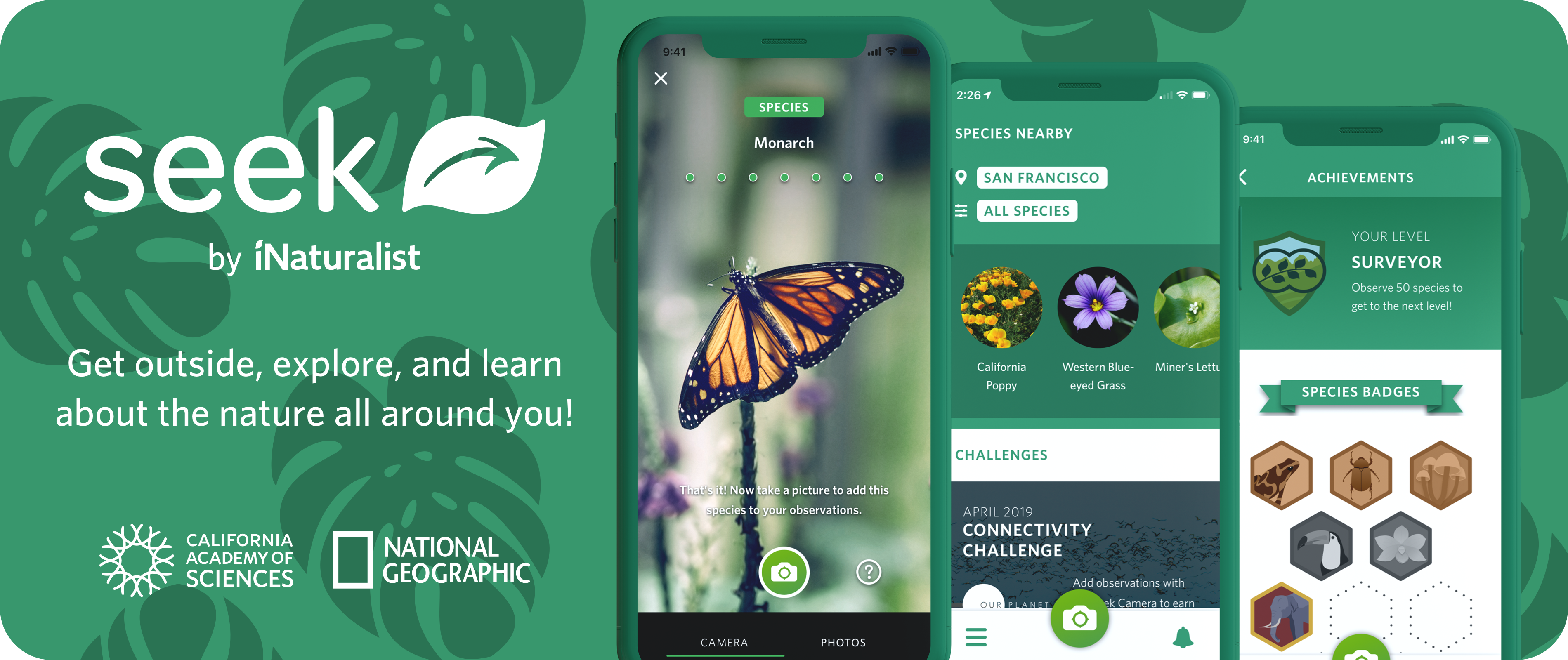
Utilize the capabilities of image recognition technology to identify the various plants and animals present in the environment. Users have the opportunity to earn badges for spotting different types of species, including plants, birds, fungi, and more.
Key Features:
- The Seek Camera allows users to venture outdoors and aim it at living organisms.
- Identification of wildlife, plants, and fungi is made accessible, offering valuable insights into the organisms in one’s surroundings.
- Users can earn badges as they observe different species and take part in challenges.
Opening the Seek Camera reveals its remarkable functionality. Drawing from a vast database of wildlife observations on iNaturalist, the app presents lists of commonly recorded insects, birds, plants, amphibians, and more within the user’s vicinity.
Users can scan their environment using the Seek Camera to identify organisms along the tree of life. Adding various species to their observations, users can acquire in-depth knowledge about them.
The accumulation of observations leads to the attainment of badges.
Seek is an ideal application for families seeking to bond through nature exploration and for individuals keen on enhancing their understanding of the diverse life forms surrounding them.
Safety is a priority for Seek. The app does not necessitate registration and, by default, does not collect user data. While location services are requested, the app ensures that user privacy is respected by obscuring precise locations.
Location information is only utilized to provide species suggestions based on the general area. Users have the option to sign in with an iNaturalist account, but this is restricted to individuals over the age of 13 or those with parental consent.
Seek’s image recognition technology relies on observations submitted to iNaturalist.org and partner sites, all identified by the iNaturalist community.
As a part of iNaturalist, Seek operates under a not-for-profit organization.
It was developed by the iNaturalist team with support from esteemed organizations including the California Academy of Sciences, the National Geographic Society, Netflix’s Our Planet, WWF, HHMI Tangled Bank Studios, and Visipedia.
Available for both Android and iOS devices.
Planta
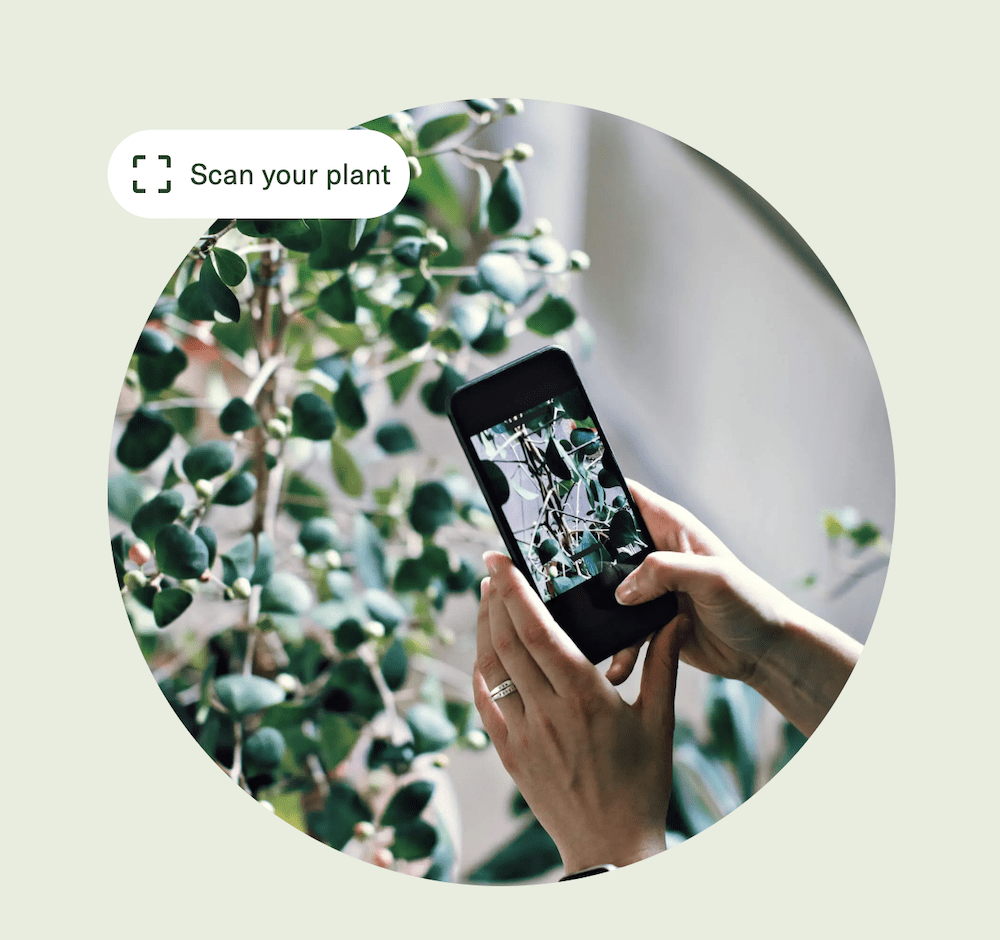
Planta provides users with an individual care schedule and reminders for their plants, offering recommendations, step-by-step guides, plant identification, a light meter, and more.
Users can rely on Planta to ensure the well-being of their beloved plants.
When it comes to plant identification, users may encounter uncertainty about their plant species. Planta simplifies this process by allowing users to capture a picture of the plant in question.
The app promptly identifies the plant and offers insights into its care requirements, making it a valuable resource for plant enthusiasts.
The light meter feature in Planta becomes indispensable when users want to determine the most suitable locations for their plants within their homes.
By assessing the varying light conditions of different rooms, users can ascertain which plants thrive in specific areas, whether they prefer shade or bask in the sunlight. Planta facilitates informed decisions on plant placement to promote their optimal growth.
Available for both Android and iOS devices.
Blossom – Plant Care Guide
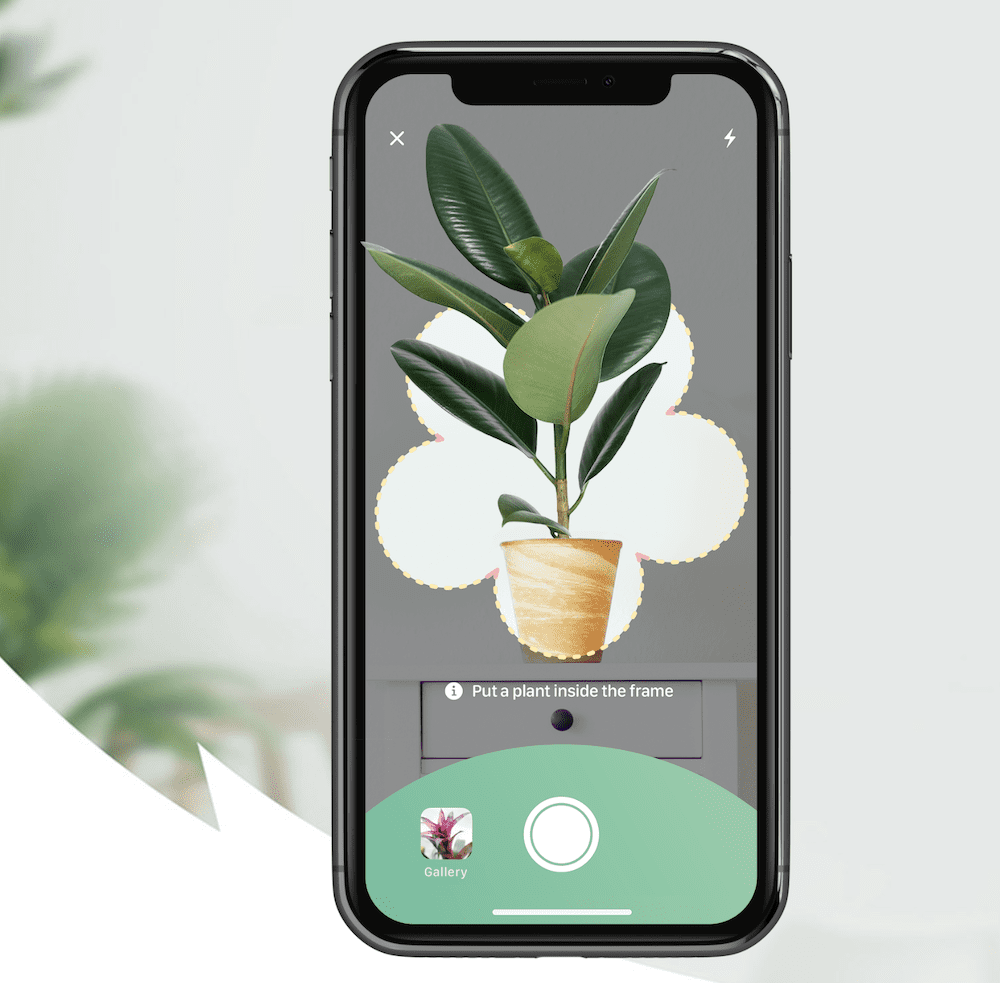
Meet Blossom – an app that serves as a trusted guide through the journey of plant parenthood. Users can confidently nurture and care for their plants with the invaluable support and inspiration provided by Blossom.
In recognition of its excellence, Blossom was honored as the People’s Voice Winner in the 2022 Webby Awards.
With Blossom, users can have their plant care queries addressed comprehensively. The app offers a wealth of information on various aspects of plant care, including watering, propagating, pruning, fertilizing, light requirements, temperature, and more.
Gone are the days of forgetting to tend to your plants on schedule. Blossom ensures users are always on top of their plant care routines by sending timely notifications for watering, fertilizing, or repotting.
Remarkably, Blossom has the ability to autonomously generate care reminders tailored to each plant’s unique needs, the prevailing light conditions, and the time of year.
For those seeking accurate plant identification, Blossom shines by recognizing over 12,000 plants, encompassing a wide range of species including plants, flowers, succulents, and trees.
Users can effortlessly achieve this by simply taking a snapshot or uploading a photo from their gallery. Blossom even offers a Multisnap mode, allowing users to upload multiple images of the same plant for enhanced accuracy in identification.








